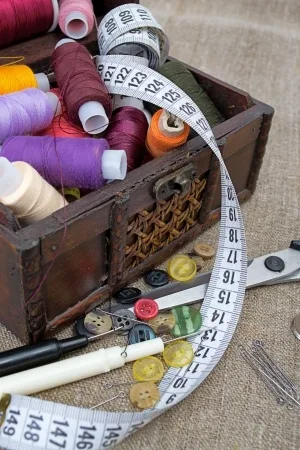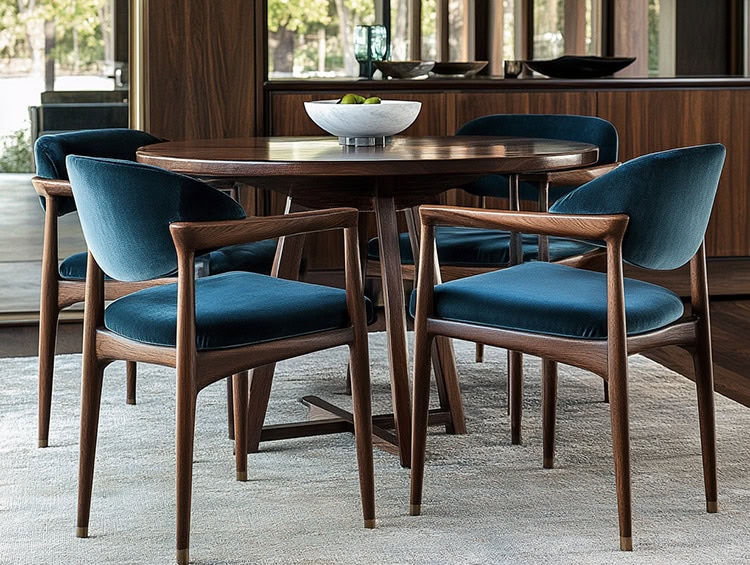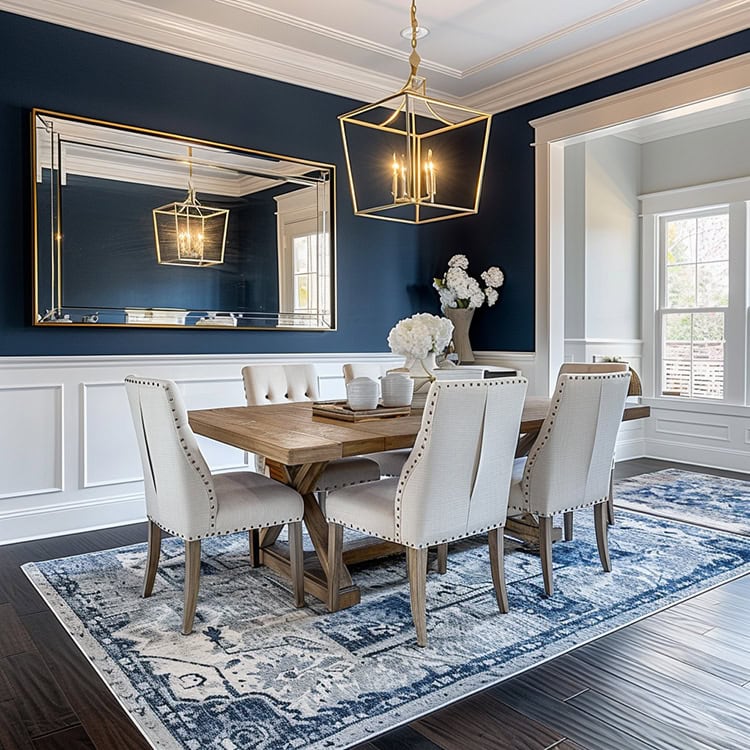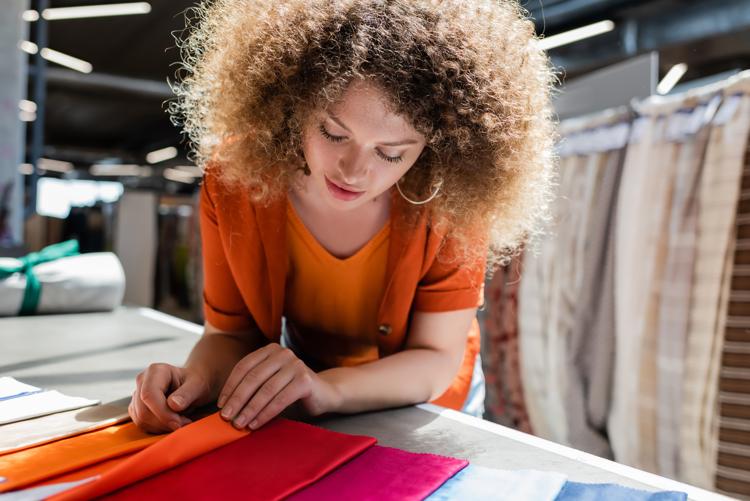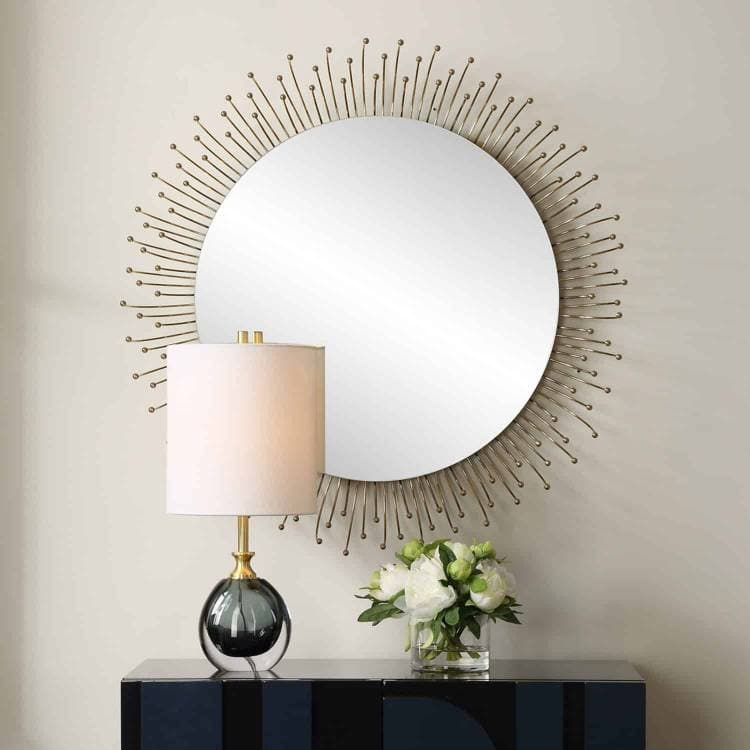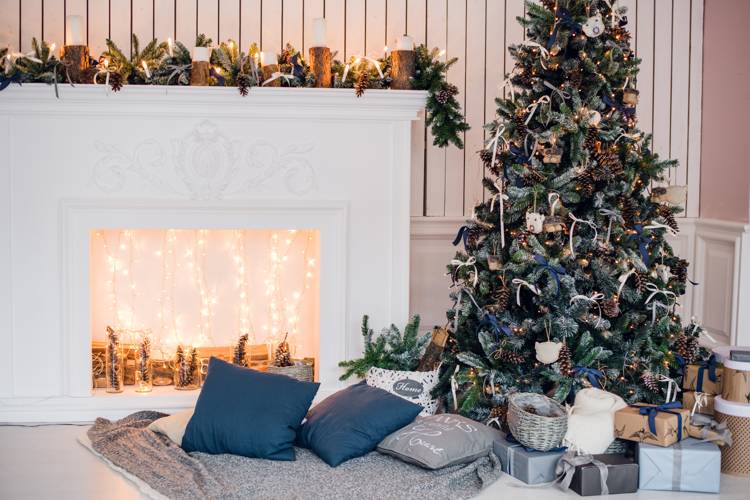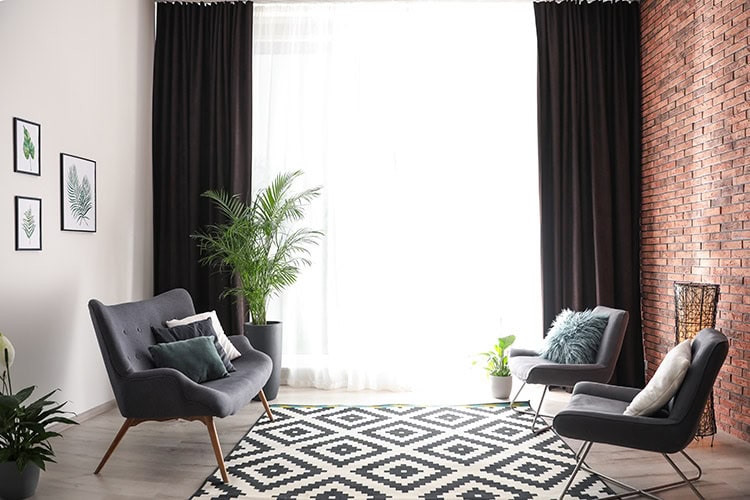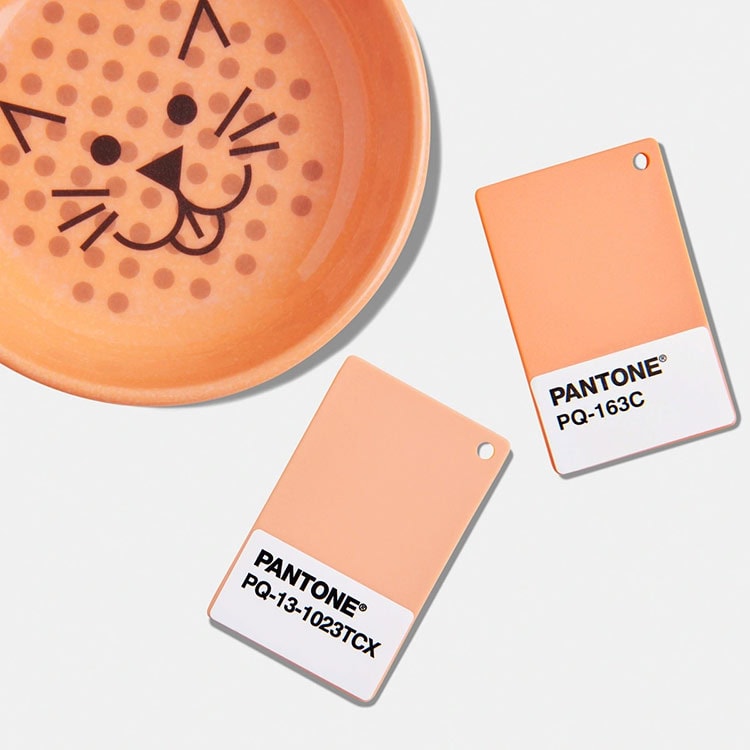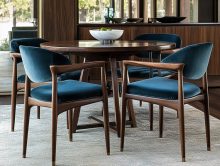
Selecting fabric for your home can be challenging but figuring out which thread to use with it can be a difficult choice as well. Before you can decide what works best for the fabric you’ve chosen, it’s important to understand a bit more about the thread itself. Here’s a brief breakdown of popular threads used for home furnishings:
Silk thread is a natural fiber known for it’s high sheen, elasticity and strength. The thread can be damaged by bleaching agents, but machine-washing with mild soap and water, is safe.
Rayon thread is one part nature and one part manufacturing, making it a nice, low-cost alternative to silk thread. It is easy to find and comes in a wide array of colors. Rayon thread is very durable, but can change if exposed to brightening agents or bleaching.
Cotton thread is a traditional choice. With that said, since it pulls more than it gives, it should be avoided if using fabric that stretches. Cotton thread comes in a variety of weights, making it easier to find a good compliment for the fabric you are using. Over time, it can fade, bunch and tear, but with proper treatment, it can last many years.
Polyester thread is fade resistant, shrink resistant, strong, and economical, making it a very popular choice. It’s luster falls in the middle somewhere between rayon and cotton, which makes it visually appealing for many projects.
Nylon thread is very versatile, durable, and easy to use with sewing projects. Other pros are that it stretches and recovers well, and that it is mildew resistant.
Making a Decision
When shopping around, keep in mind that your sewing machine is partial to certain fibers, favoring better quality over poorly made threads. There is nothing wrong with a bargain, just make sure that you’re getting a product that’s well made.
Here are some additional tips and things to take into consideration:
- Finer needles work better with finer fabrics and thicker needles work better with thicker fabrics.
- Short fibers are weak, while long fibers are strong. An easy way to determine short threads is just by looking at the spool. If it’s fuzzy, then you might want to look around some more.
- Matching the fiber of your thread to the fabric you’re using will give you cohesiveness.
- Pick a color that is the same color or a shade darker than your fabric. Matching it with the most dominant color in the pattern will give you the best results.
When you are looking for fabrics and threads near you, stop by our Cutting Corners location in Dallas, Tx for great deals on discount designer fabrics. We have something for every home interior project from gorgeous drapery fabrics, colorful outdoor fabrics, and luxurious Dupioni Silks.

